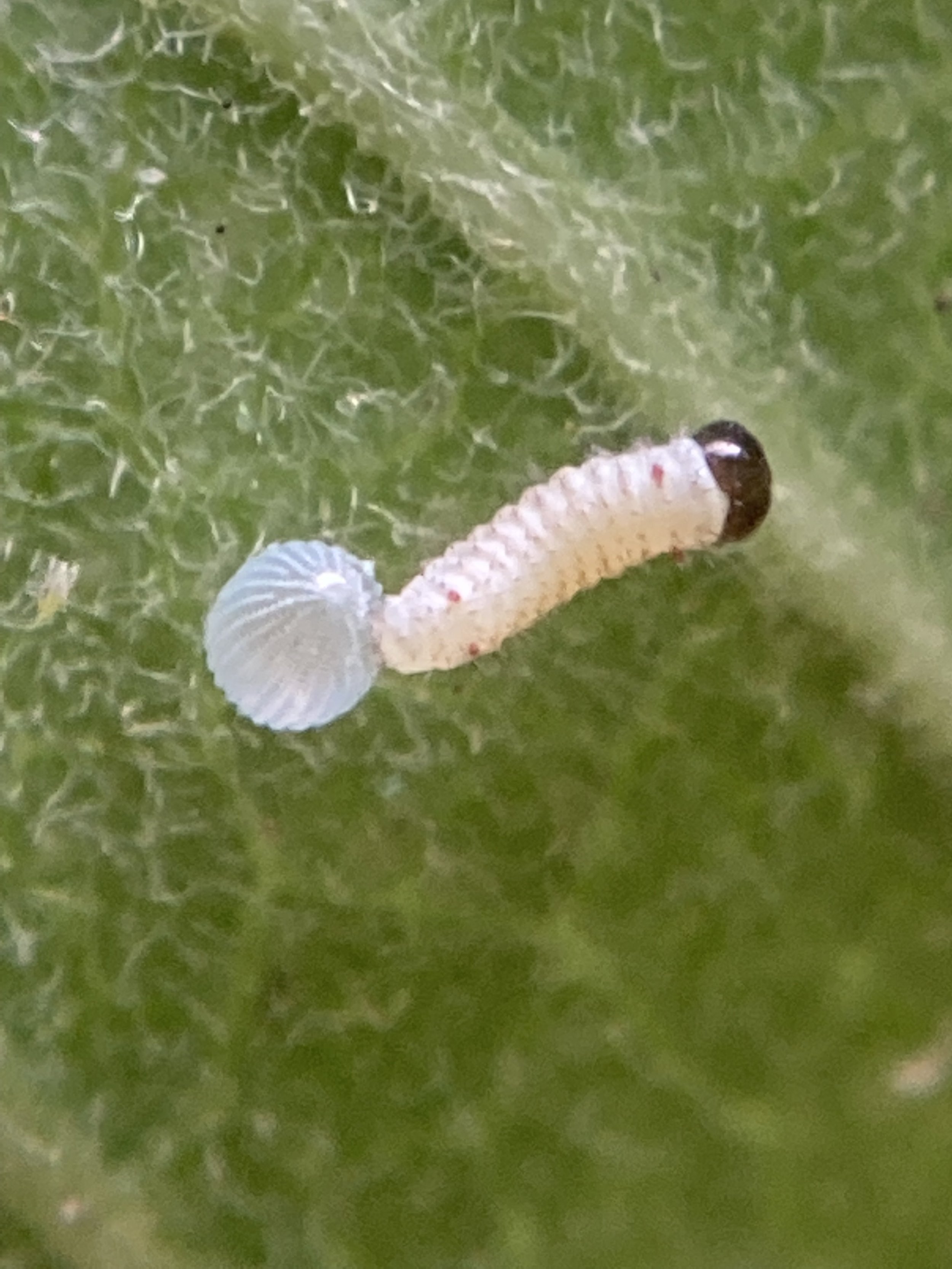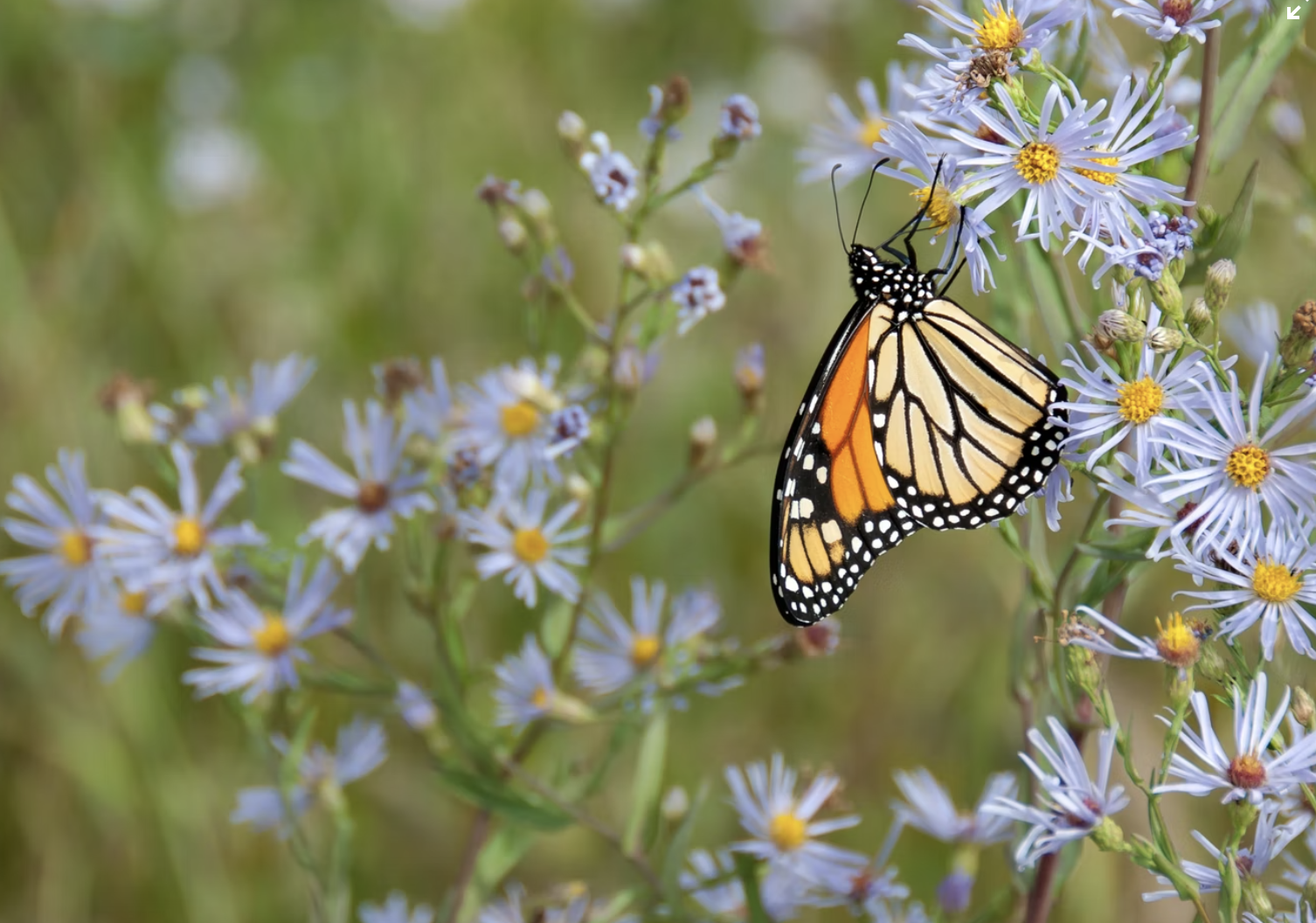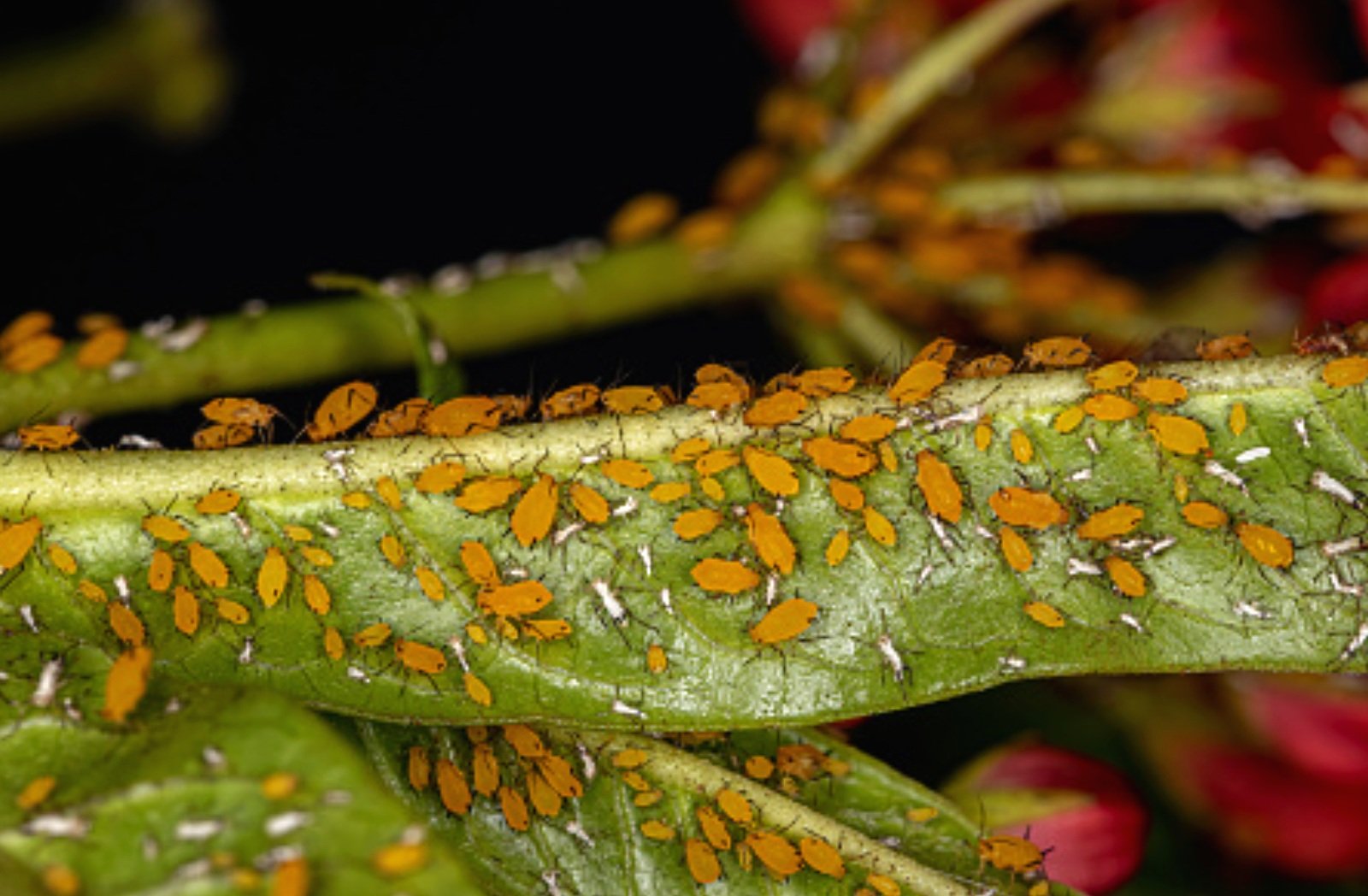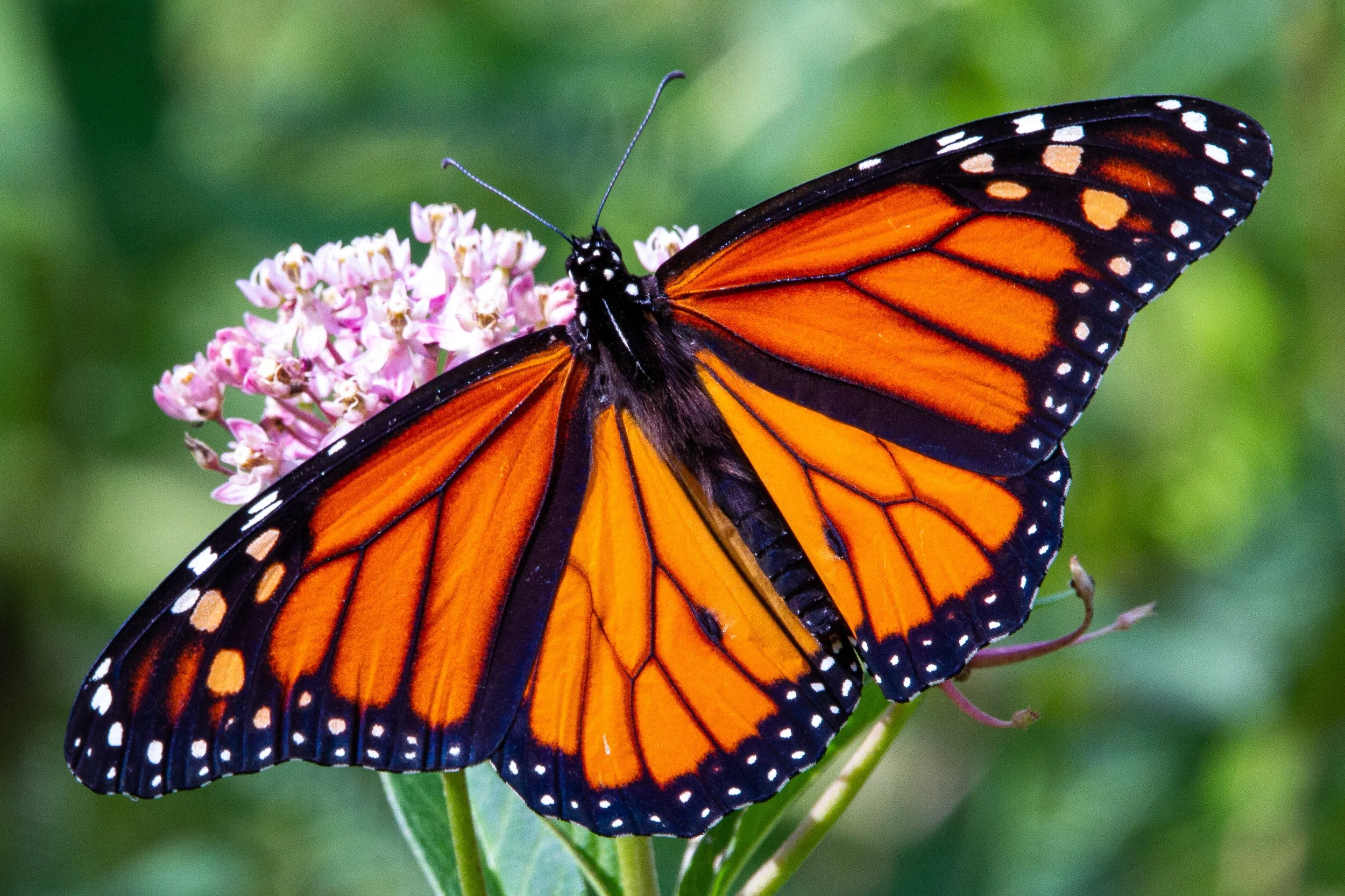CREATING A MONARCH MICROHABITAT
WHAT EVERY MONARCH MICROHABITAT NEEDS
-

MILKWEED
Female monarch butterflies lay their eggs on milkweed plants and the caterpillars eat the milkweed leaves. There is no other plant the caterpillars will eat. Milkweed is therefore critical to the survival of the butterflies, so every monarch-friendly garden must have milkweed plants. Choose organically grown milkweed native to your region. For more tips, see our guides below.
-

NECTAR PLANTS
Adult monarch butterflies do not eat milkweed; instead, they drink the nectar from certain flowering plants. If there are no nectar-producing flowering plants where they stop, they will not be able to continue their migration. To support the entire monarch lifecycle, your habitat should have both milkweed and native nectar-producing plants. Find plant suggestions below.
Ditch your lawn.
Lawns are extremely harmful to our environment. They do not provide sufficient habitat, use large amounts of water, and mowing contributes to climate change by releasing great amounts of greenhouse gas emissions. They also take up a lot of space! There is more land in lawns than any other crop in the U.S. But that is also an opportunity: if you replace your lawn with native plants, pollinator gardens, or prairies, we can have a dramatic impact on protecting species and lowering greenhouse gas emissions.
Environmental issues with lawns:
-
Watering America’s lawns uses roughly five million Olympic swimming pools every year. Approximately 70 million pounds of pesticides and herbicides are used on maintaining lawn grass each year. This contributes to the decline of pollinators and wildlife.
-
Gas-guzzling mowers on lawns are responsible for 5% of America’s air pollution. They are terrible for your health as well. Producing fertilizer used on lawns also releases greenhouse gas emissions - this time methane - which is more than 25 times more potent than carbon dioxide. Nitrate runoff from fertilizers creates massive algal blooms which choke rivers, lakes, and oceans.
-
The decline of butterflies can be blamed, partially, for sprawling suburbia and yards. Transforming half of the area now in lawn into wildlife and pollinator habitat would be as large as creating a 20-million acre Homegrown National Park.
-

Only Organic.
Never use pesticides or herbicides on your yard and be sure the plants you buy were grown organically.
-

Use Natives.
Use native plants to support your local ecosystem and ditch your lawn. Find lists of native plants in the PDFs below.
-

Dealing with aphids.
Aphids often invade milkweed plants. Rub them off by hand or spray them off with water in a squirt bottle.
-

Seeds or plants?
It is easiest to start with milkweed plants. Seeds must be cold-treated to be viable (read this link for more info).
How to make your monarch habitat
Below is a specific guide for many regions of North America. Each guide contains a list of milkweed and nectar-producing plants native to each region, specific instructions on how to make different types of habitats, and places to buy both milkweed and pollinator plants.

